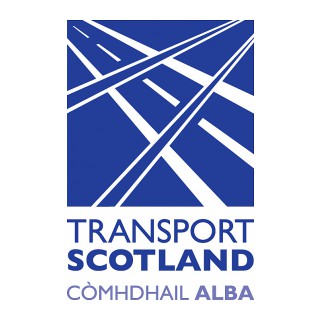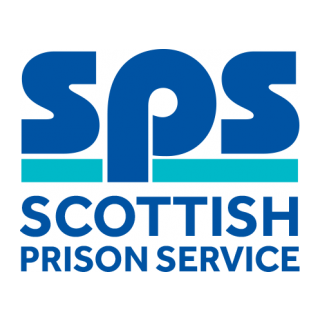The UK BIM Task Group offered practical advice on what they refer to as Government Soft Landings (GSL) or Soft Landings (BSRIA) and what should be done:
There are many similarities between the Government’s interpretation of Soft Landings and the Soft Landings Framework.
These similarities include:
- There is an emphasis on the need for better collaboration between the procurement team (designers and constructors) and representatives of users and operators.
- Project outcomes should be reviewed and agreed at the beginning of a project. (On this matter the GSL policy is very specific about identifying a range of economic, social and environmental objectives/metrics).
- The adoption of Soft Landings should be used by industry to learn lessons from the evaluation process and these lessons should inform better design practice.
- Particular attention should be given to the pre-handover stage, with regards to testing, commissioning, training and handover documentation, and the initial aftercare period, so that building management representatives are better prepared for moving in to the building.
- There should be a period of extended post-occupancy evaluation. This will typically be up to three years, although this should be determined on a project-by-project basis. (The motives for the evaluation are slightly different in the Soft Landings Framework and GSL policy. The Framework sees this evaluation as a component of extended aftercare by the professional team; the GSL policy views the evaluation as a crucial means to check that performance metrics have been met).
Some of the differences are:
- GSL policy recommends the Soft Landings Champion is an appointed member of relevant government department, unless another arrangement is more practical. The Soft Landings Framework guidance recommends the client has a Soft Landings representative, or Champion, and the project delivery team has a Soft Landings Champion (it could be a consultant, project manager or someone else in the delivery team with an interest in the user activities).
- GSL contract guidance requires objectives to be set for capital cost and operating costs, and for these costs to be reviewed and updated as the project progresses. GSL also therefore helps to provide a mechanism for clients to monitor project costs. While the Soft Landings Framework does not require costs to be regularly evaluated, project teams have the freedom to include cost control as a specific objective.
- GSL requires targets to be set at the strategic briefing stage (RIBA stages 0 and 1) which can be reviewed again by the government department at Stage 2, whereas the Soft Landings Framework recommends targets are set at the concept design stage (RIBA stage 2), after the strategic principles have been established and options have been reviewed.
- GSL requires, as a minimum, the following key aspects to be addressed: functionality, environmental performance, FM operations, training, commissioning and handover. The Soft Landings Framework is less prescriptive, and gives more freedom to the project team to determine the key project objectives.
There needs to be an alignment of the interests of those who deliver an asset with those who use it. To achieve this alignment the following actions are to be undertaken:
- Early engagement of the end user and inclusion of the GSL champion on the project team during design and construction through to operational handover
- Set clear targets and measures for: • Social outcomes: Functionality & Effectiveness – for productivity, user and business requirements. • Economic outcomes: Operational and capital costs identified early- to reduce costs in construction and operation. • Environmental outcomes: Performance to meet carbon & sustainability targets including energy, carbon, water and waste. These target outcomes form what is referred to as the Golden Thread.
- Focus on commissioning, handover and training in partnership with users and operators to enable effective operation and early optimisation of asset
Post occupancy evaluation to assess performance for at least three years post completion to establish actual outcomes and lessons learnt






